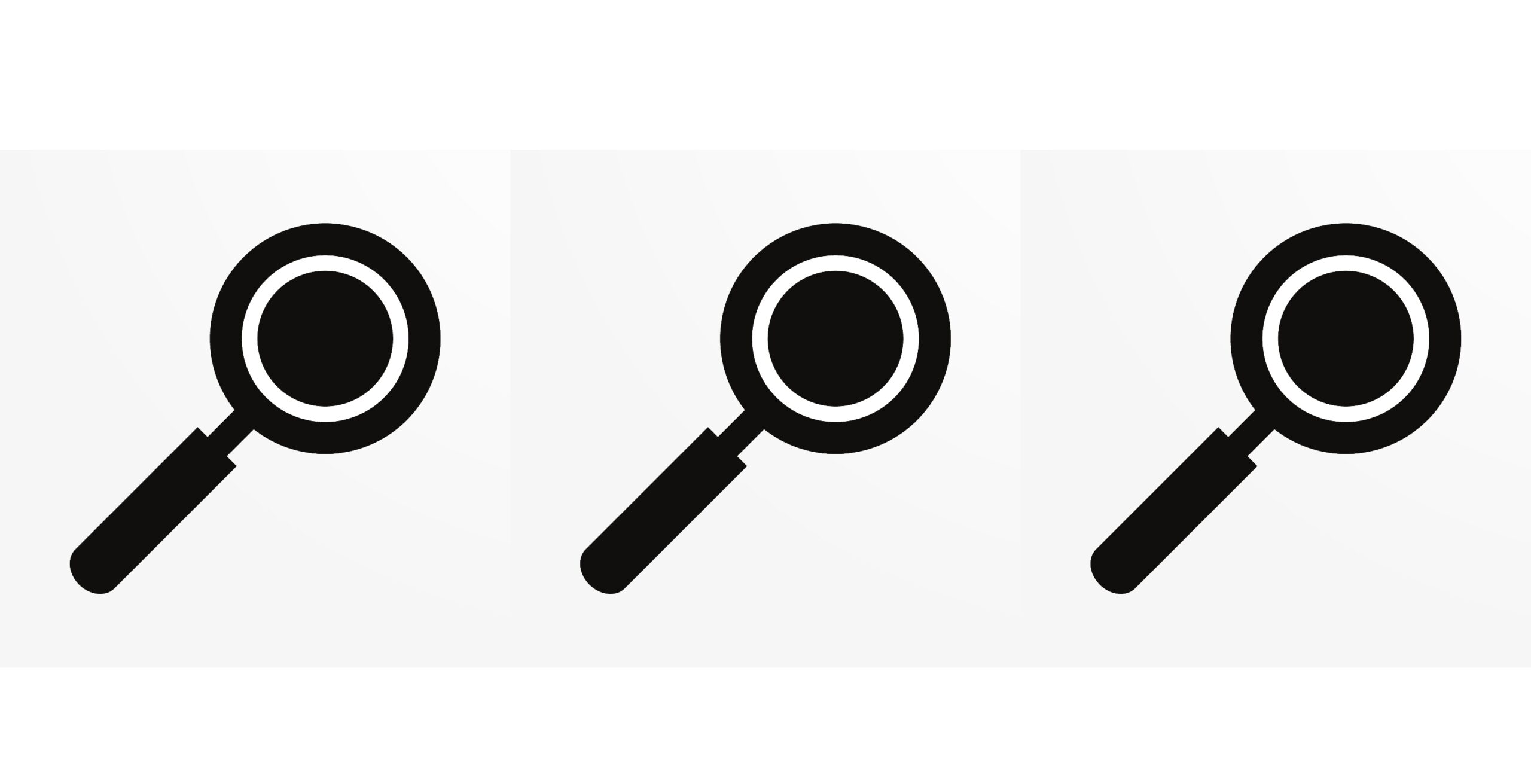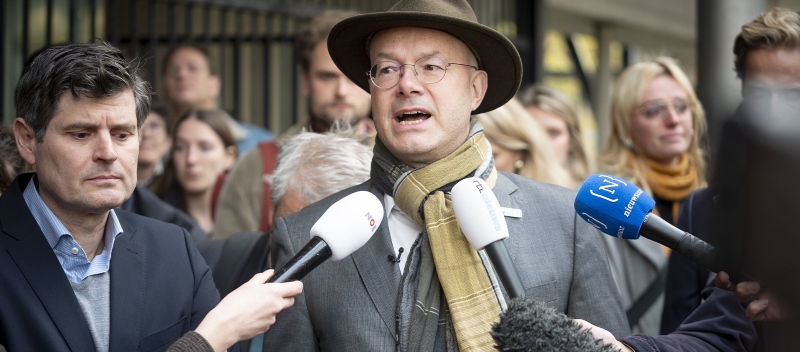WUR hardly does any business with the fossil industry, claims the Executive Board President, Sjoukje Heimovaara. Resource has checked the facts.
WUR doesn’t want simply to stop collaborating with the fossil industry, as it can be part of the necessary transition to a post-fossil fuel society. That’s the argument, anyway. In other words, don’t throw the baby out with the bathwater. But how big is the baby?
The claim
WUR’s collaboration with the fossil industry is ‘substantially less than 0.1 per cent of all revenue’ (Board President Sjoukje Heimovaara previously in Resource)
The facts
Where does that percentage come from, various readers asked Resource. Can it be checked? Anyone wanting to know how much WUR research is funded by companies in the oil, coal and gas industries won’t find anything in the official annual reports. They tell you how much money WUR gets from the private sector, but no more than that. The private sector accounted for 3.5 per cent of the revenue of Wageningen University (WU) in 2020 and 17 per cent at Wageningen Research (WR). WU mentions a few financiers but doesn’t give amounts per company. WR says nothing about who its clients are.
So the annual reports can’t give us the answer. The document WUR’s collaborative projects with the fossil energy sector does though. That document was compiled by WUR after it got questions from the press, including Resource. The document summarizes nine projects that were carried out last year (or are still ongoing) and gives the partner and the funding party.
In most cases, these are small projects worth less than 100,000 euros. Examples are a desk study by Shell on biobased polymers for bioplastics, and research for Gasunie into microbial metabolization of hydrogen gas stored underground. The petroleum company NAM spent slightly more than 100,000 euros on researching the effects of gas extraction on the development of vegetation on the island of Ameland.
Shell is involved in five of the nine projects. An important disclaimer is that the list was drawn up by WUR itself, so it cannot be verified and might not be complete. The document ends with an upbeat: ‘If you think a project is missing, please let us know!’ Because ‘Wageningen University & Research finds transparency and corporate social responsibility important’.
The nine projects have a combined value of 7.2 million euros, which is 1 per cent of WUR’s overall revenue. Although it should be noted that two larger projects are multi-year projects, so the amount covers multiple years too. However, the list is definitely not complete. A professor by special appointment who is funded by Shell is not included, for instance.
Conclusion
It is true that the projects for the fossil industry only make up a small percentage of the annual revenue. It is not possible to verify whether it is ‘substantially less than 0.1 per cent of all revenue’.
PS
When Resource produced its calculations, WUR re-examined the projects and discovered an error. The largest project (6 million euros) turned out to be a factor 21 smaller. This error by the WUR number crunchers has now been corrected online. That puts the collaboration with the fossil industry at under 0.08 per cent of the revenue, which is indeed less than 0.1 per cent.

 Image Shutterstock
Image Shutterstock 

